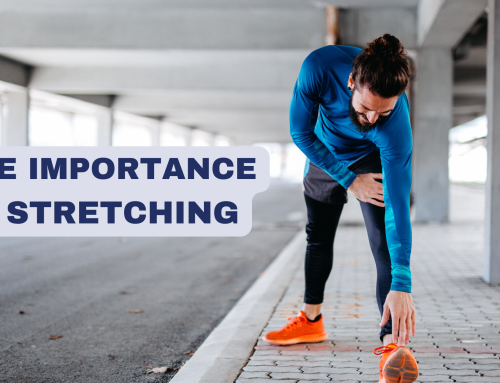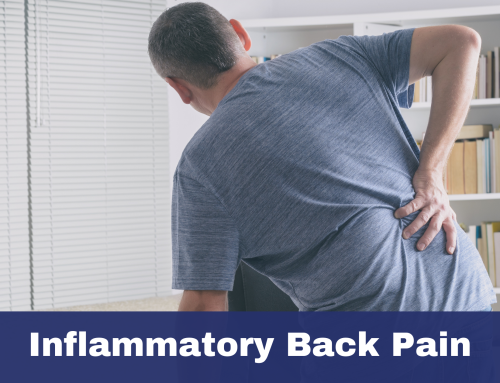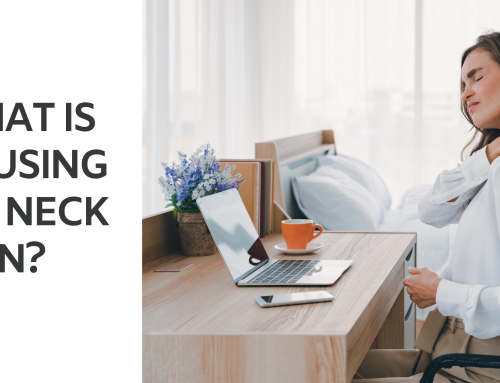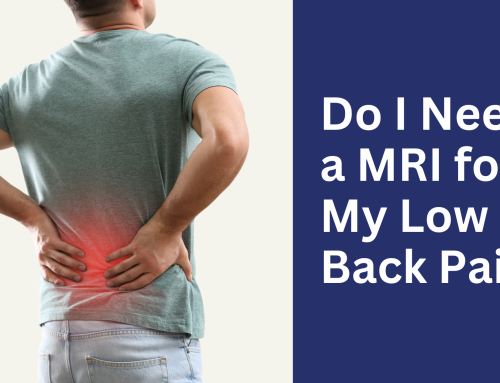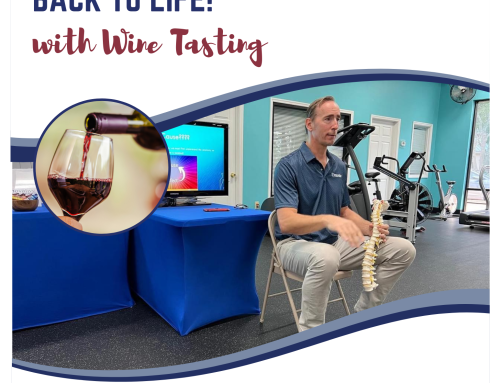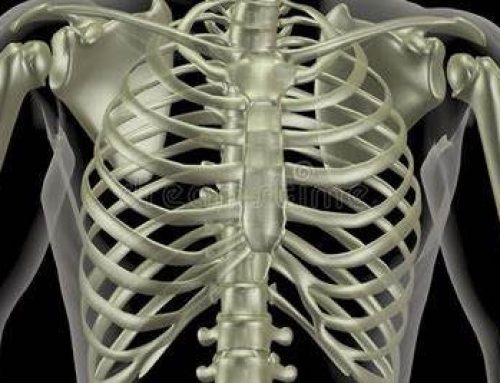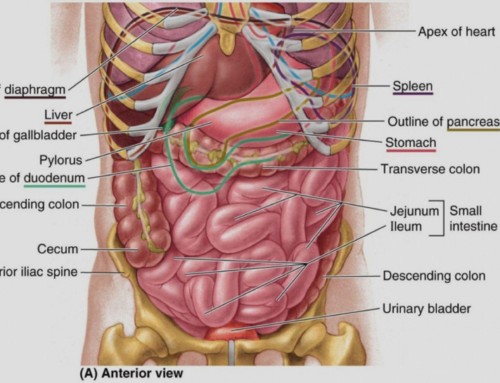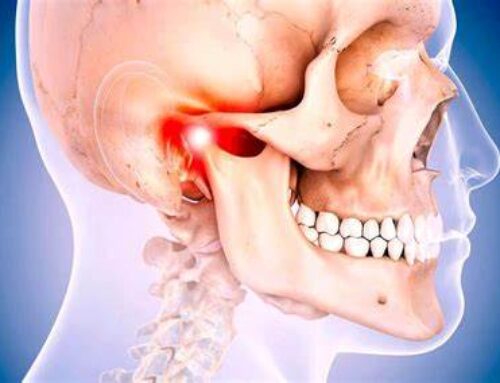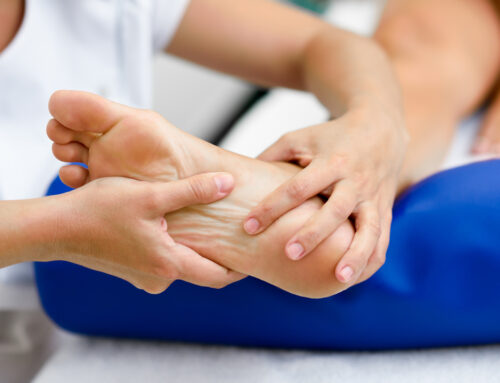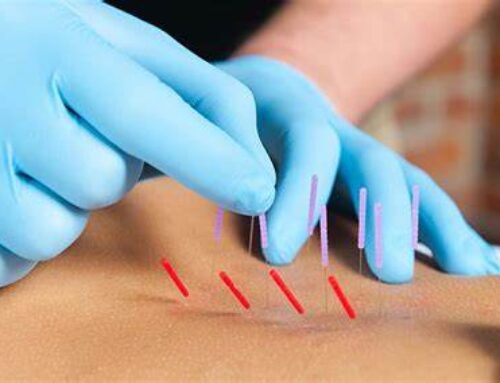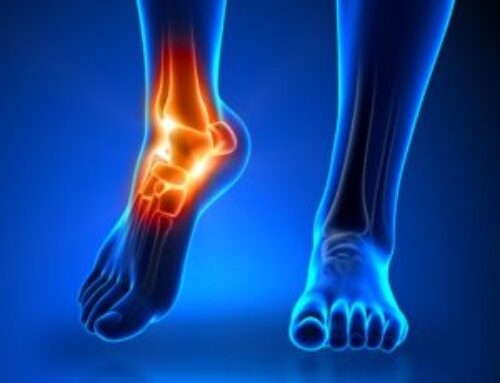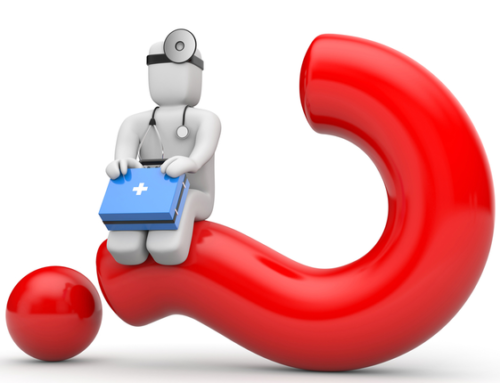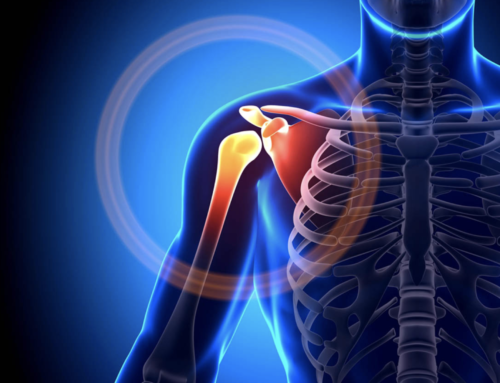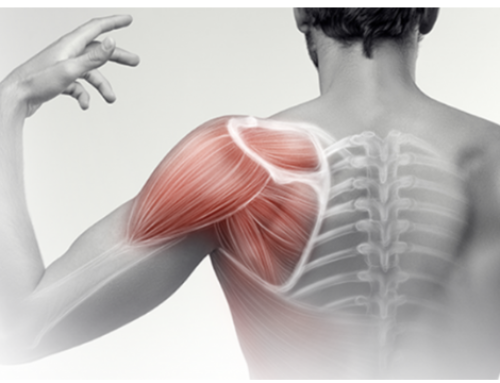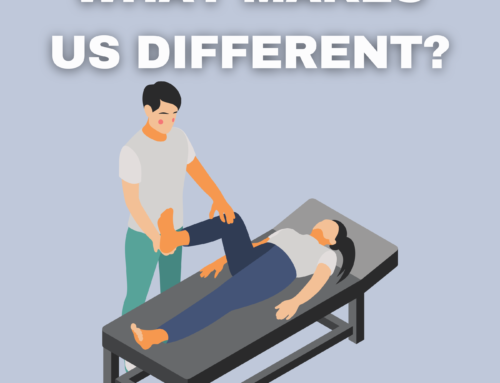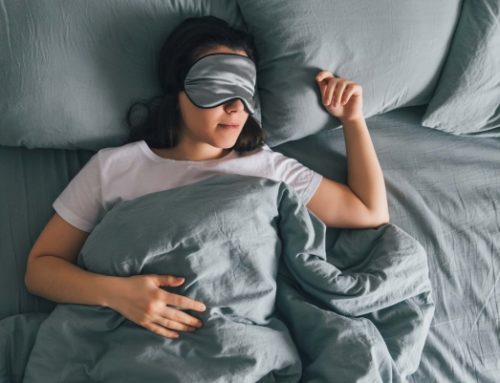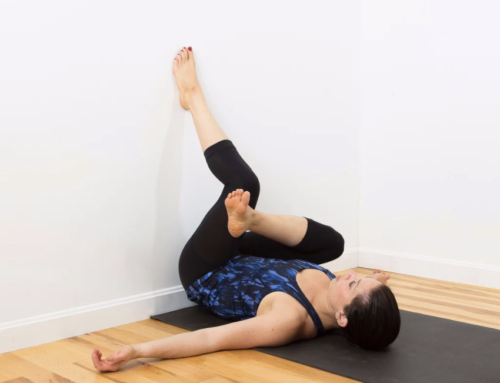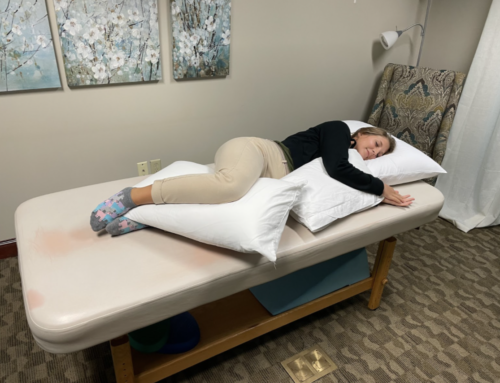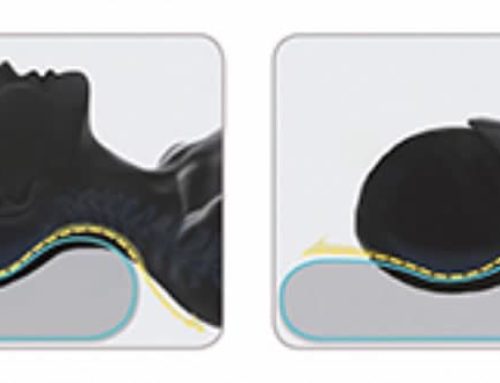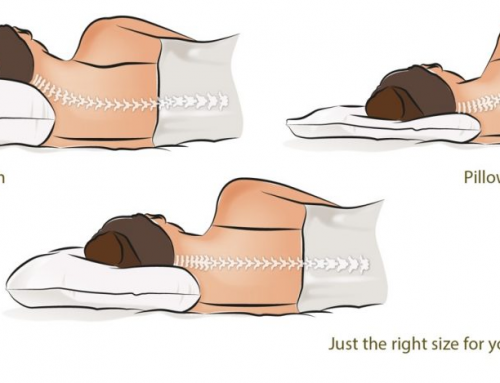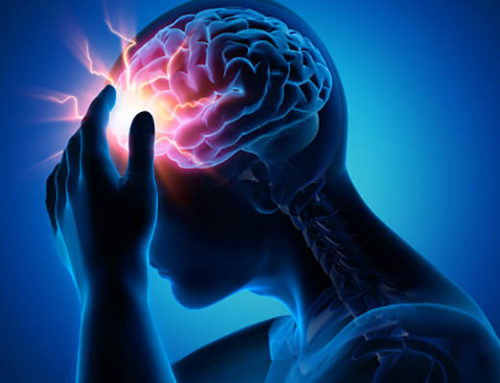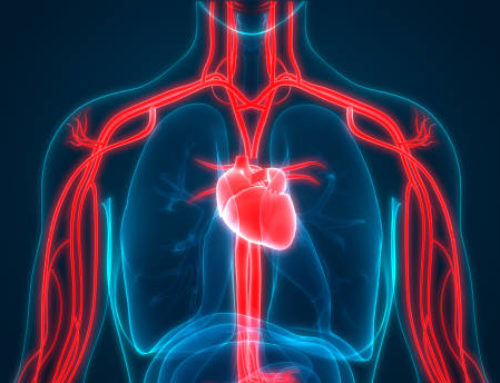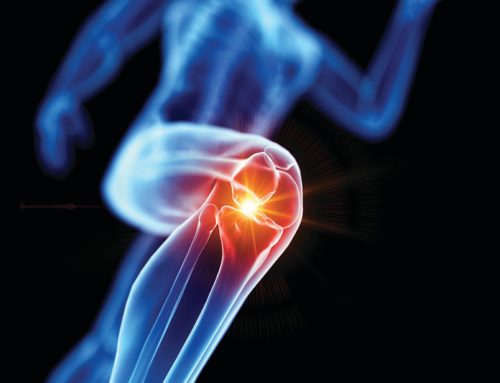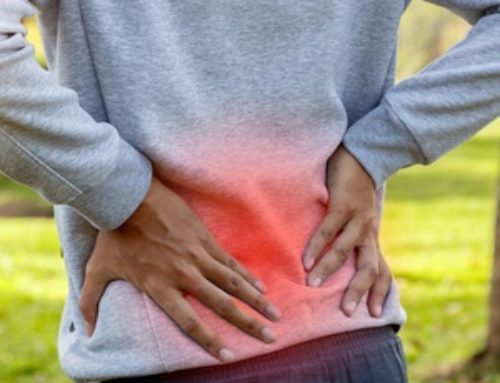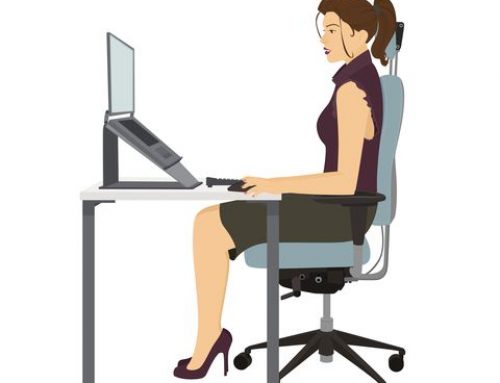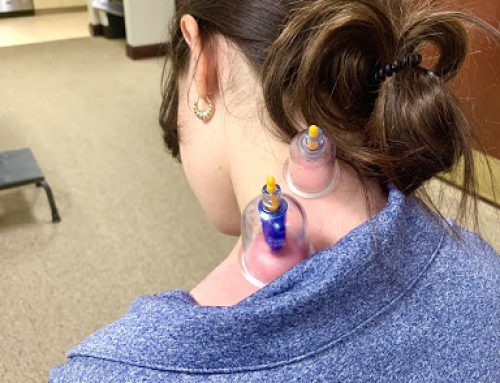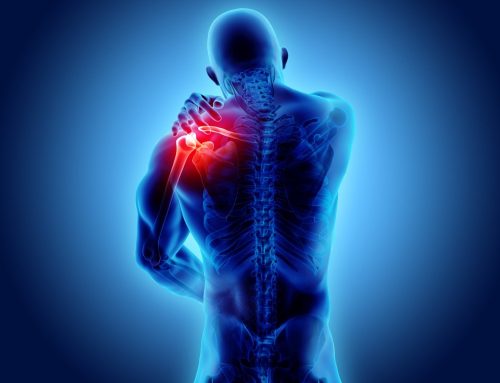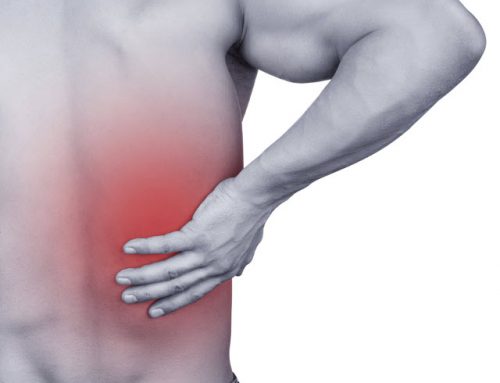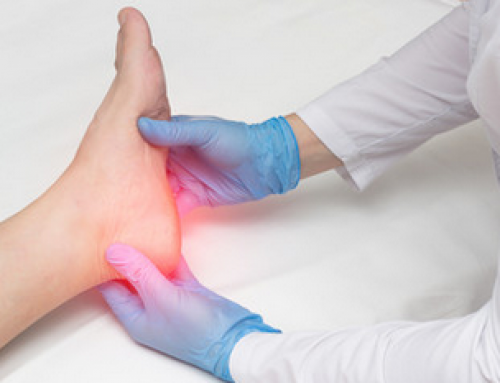When someone starts experiencing persistent back pain, they typically visit a doctor for diagnosis, which often involves imaging such as x-rays or MRI scans. These images are useful for identifying fractures (x-ray) or assessing the structural integrity of soft tissues (MRI). However, these tests only provide part of the picture.
While an image can diagnose an injury to a specific body structure, it doesn’t reveal the contributing factors or root cause of the injury. It captures a snapshot of a body part at a static moment, without considering movement. Back injuries commonly stem from gradual degeneration or overuse of a specific vertebral segment due to compensatory movement patterns. This overuse may result from decreased mobility above or below the injury site, placing extra stress on the affected area during daily activities such as walking, turning, or lifting objects.
There are instances where people suffer from persistent low back pain despite imaging showing no significant findings. It’s common for adults to have x-rays or MRIs indicating only mild age-related degeneration, osteoarthritis, decreased disc height, or mild facet joint arthrosis in the spine. Age-related spine degeneration is a natural part of aging and doesn’t always correlate with the presence of back pain. A systematic review found that age-related disc degeneration affects approximately 37% of the population at age 20, increasing to 96% by age 80, with many of these individuals being asymptomatic.
Degeneration of the spine doesn’t necessarily mean pain. Back pain arises when muscles, tendons, ligaments, vertebral discs, or other soft tissues become inflamed due to excessive stress. Each person has a unique movement pattern that places varying stress on different areas of the spine. If imaging and other medical treatments haven’t diagnosed or alleviated your back pain, the next step should be to assess the biomechanics and movement patterns contributing to the strain on the inflamed area. A physical therapist’s evaluation can help connect the dots from x-rays, MRIs, or CT scans by identifying dysfunctions and improving movement efficiency to relieve stressors causing your back pain. Book a FREE discovery visit with Innovative Physical Therapy by calling (904) 280-2002 or visit mymanualpt.com.






